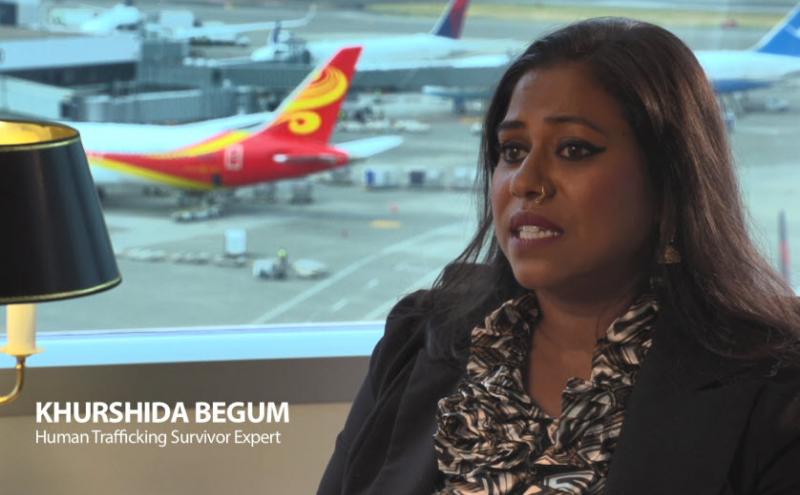
The Port of Seattle’s Human Trafficking Awareness campaign is some of the most important work we do as a public agency. It is also a personal passion of mine, which is why I was honored to participate in the Port’s campaign update on January 21 this year alongside SEA Airport Managing Director Lance Lyttle, Businesses Ending Slavery & Trafficking (BEST) CEO Mar Brettmann, Ph.D, and Human trafficking survivor, Liletha Williams. Next month, I will again join our partners at BEST and the WA Attorney General’s Office to bring together seaport leaders in the maritime industry and raise awareness of the issue of human labor and sex trafficking that goes unseen due to lack of education.
The regional campaign reaches victims and survivors to know where they can receive help and King County residents to be aware of human trafficking. The Port also implemented the first proprietary anti-human trafficking training developed by a port authority for its employees and installed 310 signs in the restrooms and passenger loading bridges at Seattle-Tacoma International Airport, as well as 20 signs at Port of Seattle parks and 10 signs at Fisherman’s Terminal.
Creating awareness and information about where help can be found is especially critical now. Due to the COVID-19 pandemic, there is a greater risk for trafficking because more people are financially vulnerable.
According to the anti-trafficking group Polaris, the number of human trafficking cases handled by the National Human Trafficking Hotline shows a 40 percent increase during the pandemic. This illustrates that traffickers are not slowing down or stopping. It also indicates that campaigns to create awareness are becoming more effective.
Human trafficking can happen to anyone. Know the signs and know where to turn for help.




